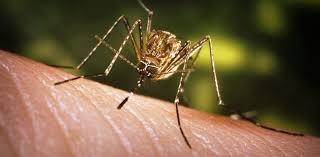Understanding West Nile Virus: Risks, Symptoms, and Prevention Strategies

West Nile Virus (WNV) poses a significant public health concern, particularly during the warmer months when mosquito activity is at its peak. As a mosquito-borne illness, WNV can cause serious neurological complications in humans, making it essential for individuals to be informed about the risks, symptoms, and prevention strategies associated with this viral infection. In this article, we delve into the intricacies of West Nile Virus and discuss effective branding strategies for raising awareness and promoting prevention efforts.
- The Threat of West Nile Virus
West Nile Virus is a flavivirus commonly transmitted to humans through the bite of infected mosquitoes, primarily of the Culex species. While many individuals infected with WNV may remain asymptomatic, others may develop mild to severe symptoms, including fever, headache, body aches, joint pain, vomiting, diarrhea, and in rare cases, neurological complications such as encephalitis or meningitis.
Key Facts About West Nile Virus:
- Geographical Spread: WNV is endemic in many parts of the world, including Africa, Europe, the Middle East, and North America, where it was first identified in the late 1990s.
- Seasonal Variation: WNV activity typically peaks during the summer and early fall months when mosquito populations are most active, although cases can occur year-round in temperate climates.
- Risk Factors: Individuals over the age of 50 and those with weakened immune systems are at higher risk of developing severe illness from WNV infection.
Get more insights, On West Nile Virus Top of Form
Explore More Related Topic on, West Nile Virus
- Art
- Causes
- Crafts
- Dance
- Drinks
- Film
- Fitness
- Food
- الألعاب
- Gardening
- Health
- الرئيسية
- Literature
- Music
- Networking
- أخرى
- Party
- Religion
- Shopping
- Sports
- Theater
- Wellness
- IT, Cloud, Software and Technology


